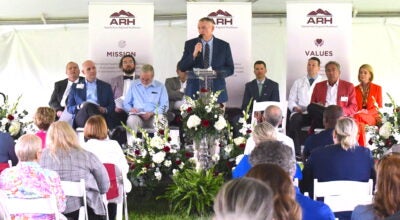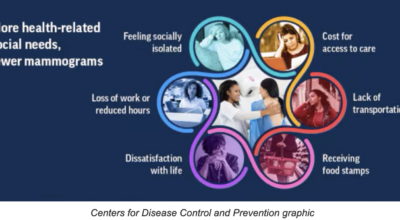Phase II of opioid study gets under way
Published 3:33 pm Monday, July 11, 2022

- Oxycodone is the generic name for a range of opoid pain killing tablets. University of Kentucky photo
By Elizabeth Chapin
University of Kentucky
The $87 million study to find the best ways to battle the opioid epidemic at the local level in Kentucky is expanding to more communities across the state.

Oxycodone is the generic name for a range of opioid pain killing tablets. University of Kentucky photo
The second wave of the University of Kentucky’s HEALing Communities Study was launched in Bourbon, Campbell, Carter, Greenup, Jefferson, Jessamine, Knox and Mason counties on July 1. The communities will implement new recovery, treatment and prevention strategies proven to reduce opioid-overdose deaths.
Launched in 2019 with a federal grant, the four-year study has tested ways to reduce OD deaths in Boyd, Boyle, Clark, Fayette, Floyd, Franklin, Kenton and Madison counties. Starting in 2020, a multidisciplinary team of more than 25 UK researchers worked with local and state behavioral-health and criminal-justice agencies.
Their evidence-based practices include delivery of medication for opioid-use disorder, reducing risky prescribing, education on how to prevent overdoses, and distribution of naloxone, a lifesaving drug that reverses opioids’ effects.
In the second group of eight counties, “The HEALing Communities Study will bring life-changing outreach and access to treatment to thousands of Kentuckians,” said HCS principal investigator Sharon Walsh, a professor in UK’s College of Medicine and College of Pharmacy and director of the Center on Drug and Alcohol Research.
“The intervention will also help us better understand what’s needed in each community and where to focus and ramp up efforts to best support individuals to reduce opioid overdose deaths,” Walsh said. “What we learn will create sustainable solutions for the opioid epidemic in Kentucky that can also be replicated in communities throughout the nation.”
In 2021, OD deaths reached an all-time high in Kentucky and the U.S., with the Centers for Disease Control and Prevention reporting 107,000 deaths nationally and 2,250 in Kentucky. The HCS team has been adjusting intervention strategies to address the rapidly evolving opioid crisis, including increasing naloxone distribution and expanding outreach and services in communities of color.
The second wave of counties includes community engagement to assist key stakeholders in applying evidence-based practices and a communications campaign to build demand for treatment and reduce stigma toward people with opioid-use disorder. The HCS team is also working with various pharmacies and health care providers to implement safer opioid prescribing and dispensing.
The first group of counties are now in a sustainability phase, which is intended to build capacity to help community coalitions and partner organizations sustain the evidence-based practices after the study ends.
HCS researchers will analyze data from all 16 counties, using pre-intervention usual care in the group as a control element. The comparison will show how evidence-based practices work in different settings in each community. The second-wave intervention is expected to end in early 2024.






